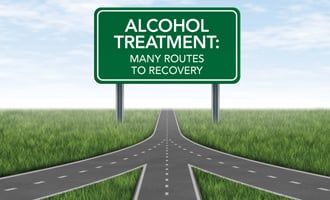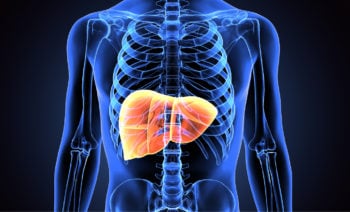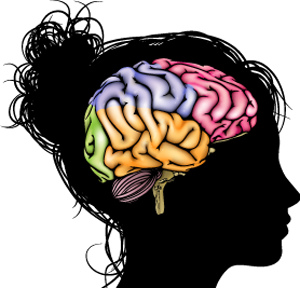Bringing Alcohol Treatment Into the Mainstream
Nearly 15 million people in the United States have alcohol use disorder (AUD), but in any given year, less than 10 percent of them receive treatment. And even those who receive treatment may not receive the type of care that best fits their needs and improves their chances of a successful recovery. Research shows that … Read more





